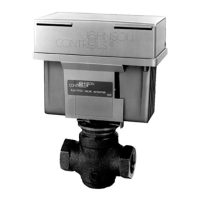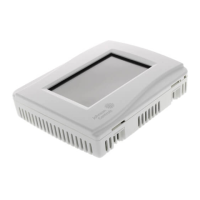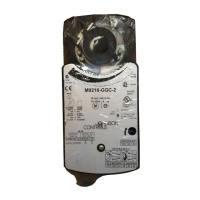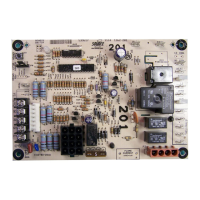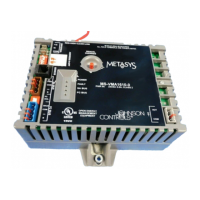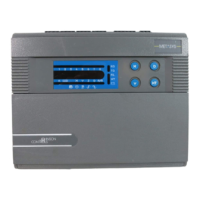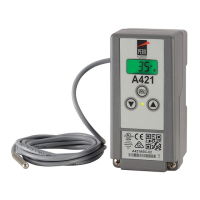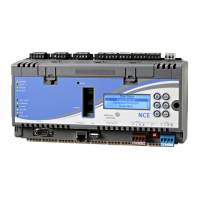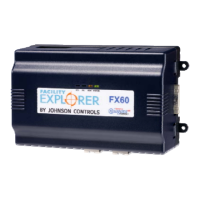84
UNT Controller—Unitary (UNT) Controller
Rooftop Units containing Gas Ignition Control (see Figure 39
or Figure 40.)
IMPORTANT: If the gas valve or ignition controller has a full-wave
bridge rectifier, you must install a relay between the
BO and the gas valve and ignition controller. Note
that in this case you do not need a relay on every BO
unless isolating noise with relays (see the Important
preceding this one).
•
You must use a line filter between the binary output of the UNT and
the control input of the ignition device for direct spark ignition
systems. Many pilot ignition systems do not require this filtering.
However, we recommend its use if you are not familiar with your
rooftop unit’s particular ignition device. Pilot ignition devices light
small pilot flames and generate small amounts of electrical noise.
Direct ignition devices generate large amounts of noise by creating
hot sparks with enough energy to ignite main gas valve burners.
•
You must also filter any wires connected to the gas valves that you
route with other wires leaving the gas heating section. An individual
line filter can filter two wires, but it is acceptable to use only half of it
if you need to filter a single wire. Mount the filters on the metal wall
between the ignition chamber and the fan chamber. We recommend
the filters listed in Table 39:
Table 39: Recommended Filters
Vendor Type Newark Stock Number
Corcom
3VB1 81F4523
Corcom
3B1 15F2410
Corcom
3VK1 81F4542
Corcom
3K1 15F2439
Note: These filters are all rated 3A, 120/250V, and are available from
Newark Electronics. These models are specified for derating with
an unbalanced load. No other models are authorized.
•
You must use a pilot relay to isolate the UNT binary output from any
gas valve containing a full-wave bridge rectifier. The bridge rectifier
causes a DC current to flow through the triac which can prevent it
from turning off. If you are unfamiliar with the gas valve in your
rooftop unit, a pilot relay is recommended.
Considerations
for Gas Ignition
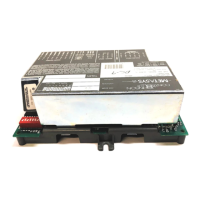
